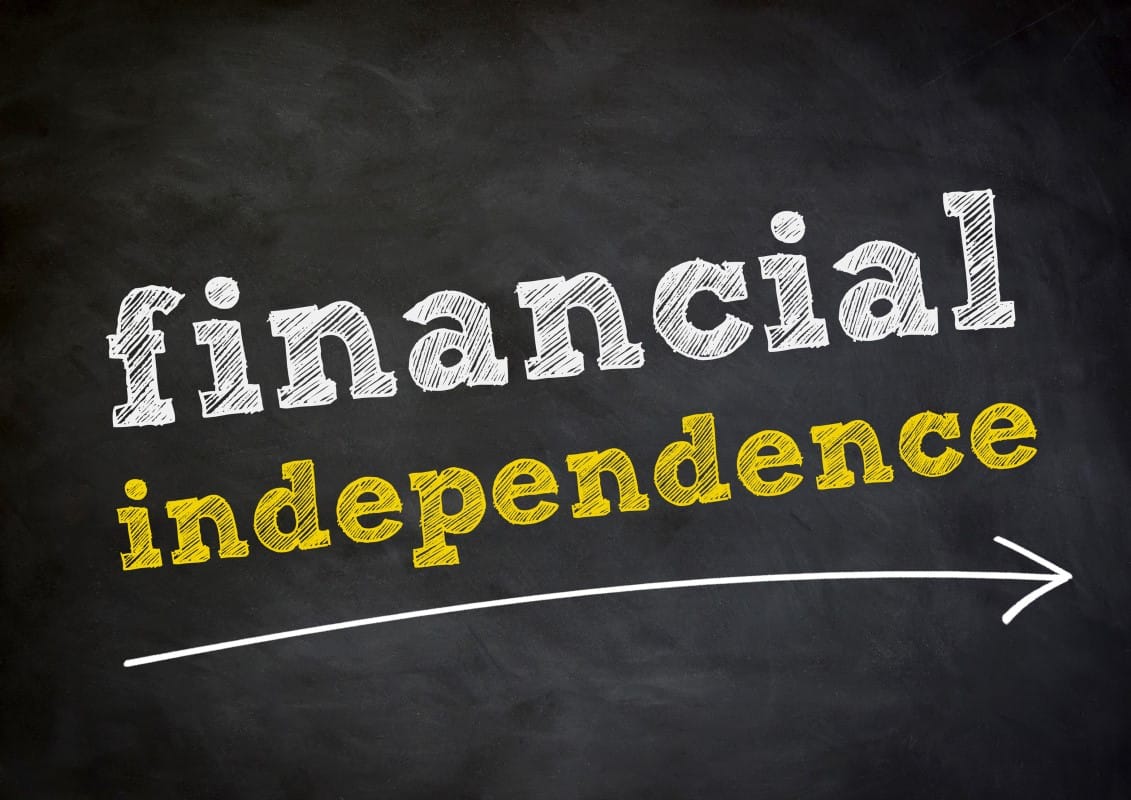5 States Buried in Debt Signal Looming Tax Hikes, While These 5 States Thrive in Fiscal Freedom

State debt across the U.S. has surged to new highs, posing serious challenges for residents. When states carry debt that outpaces revenue, it often creates financial strain, leading to budget cuts and the possibility of tax increases.
This burdens consumers with rising living costs and skewed debt-to-income ratios. To shed light on this fiscal challenge, World Population Review delves into the national debt landscape, analyzing government debt levels across different states.
#1 New York

New York bears the dubious distinction of holding the highest debt burden among all states, amounting to over $203.77 billion. With total assets hovering around $106.61 billion, New York’s debt ratio stands at a staggering 273.8%.
Overspending on Medicaid remains the primary driver behind the state’s towering debt, leading to recent austerity measures such as cuts in school aid and healthcare expenditure.
#2 New Jersey

Securing the second spot on the list, New Jersey grapples with a massive debt load totaling $222.27 billion, outstripping its assets by a substantial $198.67 billion margin. This imbalance translates to a daunting debt ratio of 441.7%.
A significant contributor to New Jersey’s debt woes is its underfunded pension and benefits system for public employees, prompting policymakers to consider tax hikes to address mounting fiscal pressures.
#3 Illinois

Illinois emerges as the third most debt-ridden state in the U.S., burdened with total liabilities reaching $248.67 billion. Against total assets of $53.05 billion, the state faces an alarming unfunded liability of $187.7 billion, resulting in a staggering debt ratio of 468.7%—the highest nationwide.
The bulk of Illinois’s debt stems from obligations towards retired government workers’ pensions and healthcare benefits, mirroring challenges faced by other states like New Jersey.
# 4 Massachusetts

Taking the fourth spot in the debt hierarchy, Massachusetts grapples with a total liability of $104.53 billion against assets valued at $34.214 billion, resulting in a net debt of $68.43 billion.
Long-term liabilities loom large, constituting 305.5% of total assets, with infrastructure and pension obligations representing the state’s primary sources of indebtedness.
#5 California

Rounding off the top five, California shoulders a hefty debt burden totaling $362.87 billion, overshadowing its total assets of $301.1 billion by $55.96 billion. This translates to a debt ratio of 120.5%.
California’s debt portfolio spans retirement liabilities, budgetary borrowing, and bond debt, with the cumulative federal, state, and local debt surpassing the $1 trillion mark.
According to estimates, this debt would impose a significant financial burden on Californians, averaging $33,000 per resident or $74,000 per taxpayer.
Why State Debt Could Prompt Residents to Consider Relocating

When states exceed their annual revenue with spending, they incur a budget deficit, a scenario prohibited by balanced budget requirements (BBRs) in nearly all states. To address deficits, states may resort to various measures, including:
– Implementing budget cuts
– Raising taxes
– Cutting services
These actions can reverberate across numerous aspects of residents’ lives. For instance, budget cuts may escalate living expenses for consumers and curtail access to essential resources like housing, employment, education, and public services. Borrowing or reallocating funds from rainy day funds could result in the state having no emergency savings when disaster truly strikes. If you are worried about the fiscal position of these states, here are the five states with the least debt.
Texas

Topping the list with the lowest debt burden nationwide, Texas boasts total liabilities amounting to $222.64 billion, juxtaposed against total assets of $356.01 billion. This robust fiscal position translates into a commendable net position of $115.08 billion, equating to a debt ratio of a modest 62.5%.
Florida

Following closely behind, Florida claims the second-lowest debt profile in the nation, with total liabilities tallying $66.78 billion and total assets reaching $163.24 billion.
This favorable balance sheet yields a robust net position of $97.6 billion, resulting in a relatively low debt ratio of 40.9%. Despite recent decreases in debt, Florida anticipates an uptick in indebtedness over the coming years.
Alaska

Securing the third spot for the lowest debt burden, Alaska boasts a commendable net position of $76.74 billion, driven by total liabilities of $12.65 billion and total assets of $89.17 billion.
Alaska’s fiscal resilience is fortified by revenue streams derived predominantly from taxes on oil and gas production, despite the absence of a state income tax.
North Carolina

North Carolina emerges as the fourth-least indebted state in the U.S., underscoring a robust net position of $54.41 billion. Bolstered by total assets exceeding liabilities by $78.67 billion, the state maintains a commendable debt ratio of 30%.
Tennessee

Rounding off the top five with minimal debt exposure, Tennessee showcases total liabilities of $8.04 billion juxtaposed against total assets of $46.54 billion, culminating in a noteworthy net position of $39.3 billion and a debt ratio of a mere 17.3%.
Renowned for its tax-friendly environment, Tennessee has managed to triple its Rainy Day Fund while implementing tax cuts for residents, including a significant reduction in-state sales tax on groceries.
Relocation Trends Offer Clues

The list of 5 states with most debt and least debt should not come as a surprise to anyone who has been tracking the states losing population.
2023 saw booming demand for U-Haul equipment from California, Massachusetts, Illinois, and New Jersey as citizens chose to flee the West Coast and Northeast. On the U-Haul Growth Index, which shows net losses of one-way trucks in various states that year, California, Massachusetts and Illinois ranked 50th, 49th and 48th, respectively – marking their third consecutive year at the bottom positions.
Over the nine years between 2010 and 2019, the U.S. Census Bureau reports that California, New York, New Jersey, Michigan, and Illinois have seen a collective population decline of 4 million.
For the sixth time in eight years (2016-2018 and 2021-2023), Texas secures the top spot as the No. 1 growth state and has consistently held a ranking no lower than second on the U-Haul Growth Index during this period.
Texas and Florida have been consistently in the list of states attracting the highest number of one-way influx of people.
The top states for growth according to this metric (including their ranking in 2022) are as follows:
1. Texas (1)
2. Florida (2)
3. North Carolina (4)
4. South Carolina (3)
5. Tennessee (6)
Is Your State on the Brink?

State debt has reached unprecedented levels across the nation, posing significant challenges for residents. When a state accumulates more debt than revenue, it often resorts to budget cuts and potential tax hikes, leading to financial insecurity and soaring living expenses.
As residents grapple with disproportionate debt-to-income ratios, the fiscal conundrum intensifies, prompting some to consider relocating to states with more favorable debt profiles shifting landscape of American demographics and economic vitality.
Like Financial Freedom Countdown content? Be sure to follow us!
Shift From Employee to Investor Mindset with the Cashflow Quadrant Methodology by Robert Kiyosaki

Countless systems have been established that provide a much better understanding of what income generation is, how it can be used, and how individuals can organize their financial life as they work towards financial freedom. One of the more successful and better-known examples of financial education is the Cashflow Quadrant, the book by Robert Kiyosaki. Rich Dad’s Cashflow Quadrant was revolutionary for the way it organized money and helped people better learn how to increase their income. As the name implies, there are four quadrants within the Cashflow Quadrant. By mastering each of the four categories – or specializing in one – a person can increase their revenue stream and ultimately make more money.
Shift From Employee to Investor Mindset with the Cashflow Quadrant Methodology by Robert Kiyosaki
What SECURE Act 2.0 Means for Your Future Retirement Plan

Three years on from the groundbreaking SECURE Act, which revolutionized America’s retirement landscape for the first time in a decade, the SECURE Act 2.0 sequel legislation aims to widen the gateway to retirement plans and benefits, introducing pivotal changes like automatic enrollment in select workplace pensions, increased catch-up contributions for the seasoned workforce, and extended retirement saving opportunities for part-time employees. Moreover, it promises to bolster individuals’ ability to set aside emergency funds, ensuring swift access in times of need, marking another significant stride toward securing a more financially stable future for all. Here are some of the key provisions.
What SECURE Act 2.0 Means for Your Future Retirement Plan
Top 10 Housing Markets Where Soaring Prices Leave Locals Priced Out, Defying Historical Norms

Real estate economists at Florida Atlantic University analyzed average expected home values based on historical data against current list prices across the nation’s 100 largest metro areas. The study used publicly available data from online real estate portal Zillow or other providers from January 1996 through the end of last month, for single-family homes, townhomes, condominiums and co-ops. The research aims to pinpoint cities with significant price disparities, shedding light on the challenges faced by long-time residents priced out of their neighborhoods amidst soaring real estate costs.
Besides home owners, the findings are also important for real estate investing to identify pockets of exuberance and analyze if the higher priced metros deserve the price jump compared to historical trends. Here are the top 10 cities where current prices are much higher compared to their historical prices.
Top 10 Housing Markets Where Soaring Prices Leave Locals Priced Out, Defying Historical Norms
Escape the Rat Race: Focusing on the Two Key Numbers for Financial Independence

You want to retire, but it seems too far away. Most people can’t quit until they hit a specific number in their bank account. But every financial calculator spits out generic numbers. Discovering the road to financial independence starts with understanding just two crucial numbers. Let us delve into the key metrics of retirement expenses and safe withdrawal rate, and how you can calculate it for your lifestyle.
Escape the Rat Race: Focusing on the Two Key Numbers for Financial Independence
Trump’s Second Term Could Shake Up Your Taxes in Surprising Ways – Here’s What to Expect

With former President Donald Trump reclaiming the White House after defeating Vice President Kamala Harris, taxpayers may soon feel the effects of his ambitious tax agenda.
Trump’s Second Term Could Shake Up Your Taxes in Surprising Ways – Here’s What to Expect
Check if Your State Taxes Social Security in 2024 as 10 States Continue and 2 Finally Stop

While many believe their golden years will be tax-friendly, residents in ten states are facing a reality check as their Social Security benefits come under the taxman’s purview. Conversely, two states are bringing relief by ending their practice of taxing these benefits.
This shift highlights the complexity of retirement planning in the U.S. and underscores the importance of staying informed about changing tax laws. Are you residing in one of these states? Discover how these tax changes might impact your retirement strategy and whether it’s time to reconsider your locale for those serene post-work years.
Check if Your State Taxes Social Security in 2024 as 10 States Continue and 2 Finally Stop
Protect Your Retirement: Crucial Strategies to Shield Your Savings During Financial Turbulence

In an era of growing financial risks, investors usually rely on the security of bonds. However, with rising inflation, many are seeing their retirement plans unravel as bond funds faced unprecedented losses in 2022 and continue to decline this year.
Protect Your Retirement: Crucial Strategies to Shield Your Savings During Financial Turbulence

John Dealbreuin came from a third world country to the US with only $1,000 not knowing anyone; guided by an immigrant dream. In 12 years, he achieved his retirement number.
He started Financial Freedom Countdown to help everyone think differently about their financial challenges and live their best lives. John resides in the San Francisco Bay Area enjoying nature trails and weight training.
Here are his recommended tools
Personal Capital: This is a free tool John uses to track his net worth on a regular basis and as a retirement planner. It also alerts him wrt hidden fees and has a budget tracker included.
Platforms like Yieldstreet provide investment options in art, legal, real estate, structured notes, venture capital, etc. They also have fixed-income portfolios spread across multiple asset classes with a single investment with low minimums of $10,000.






